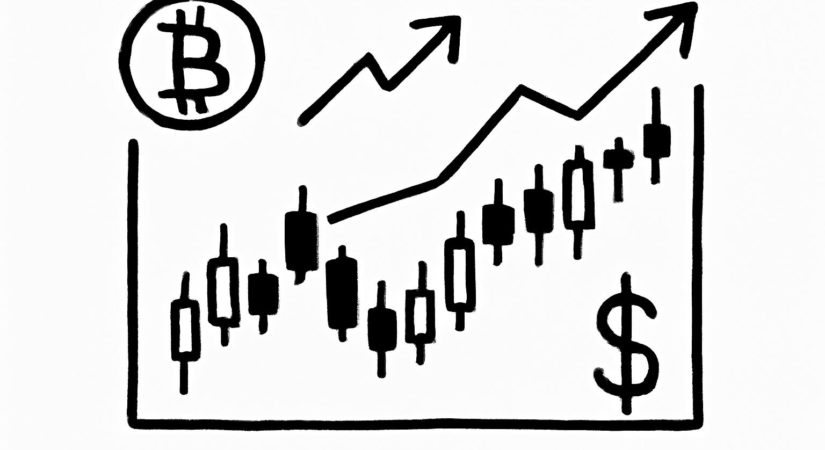Bitcoin’s potential double top formation above $100,000 suggests caution, but a severe crash akin to 2022 appears unlikely without an unforeseen event, according to Katalin Tischhauser, Head of Investment Research at digital asset bank Sygnum.
“The crypto market remains highly sentiment-driven since fundamental valuations are difficult to determine. Technical patterns like the double top call for caution. However, a crash would require a catalyst similar to the Terra or FTX collapses,” Tischhauser told CoinDesk. “Absent such black swan events, the ongoing political, regulatory support and institutional capital inflows could sustain a prolonged bull cycle.”
Bitcoin has traded mostly between $100,000 and $110,000 for 50 days, showing signs of momentum exhaustion. This has led analysts, including veteran Peter Brandt, to warn of a double top pattern potentially signaling a bearish trend. The pattern involves two peaks near $110,000 with a valley around $75,000. A breakdown below this low could theoretically trigger a drop to roughly $27,000—a 75% decline from the highs.
Technical patterns often become self-fulfilling as traders act on them, causing some price dips. Yet, such technical signals alone rarely cause drastic crashes. For example, Bitcoin’s fall from $70,000 to $16,000 over 12 months ending in November 2022 followed Federal Reserve rate hikes and major failures like Terra and FTX, which triggered widespread losses.
Unlike previous rallies fueled by hype, the current bull run is driven by significant institutional investments. Since January 2024, 11 spot Bitcoin ETFs listed on Nasdaq have attracted over $48 billion in net inflows, according to Farside Investors data. Additionally, Bitcoin’s adoption by public companies as a treasury asset is rising, with 141 firms holding 841,693 BTC, per bitcointreasuries.net.
Tischhauser explained, “Institutional investors conduct extensive due diligence and allocate Bitcoin for the long term. This sticky capital supports sustained demand and price stability.” She added that ETFs and similar investment vehicles reduce market liquidity, amplifying price reactions to new large investors entering the market.
Historically, Bitcoin’s four-year halving cycle—which reduces miner rewards by 50%—has influenced market cycles, often marking bull market peaks. The most recent halving occurred in April 2024, cutting block rewards to 3.125 BTC from 6.25 BTC.
However, Tischhauser noted that the halving’s market impact may be muted due to changing dynamics. The share of Bitcoin sold by miners now accounts for just 0.05-0.1% of daily trading volume, lessening their influence on price. “Because institutional holding has increased and miner supply is a small fraction of the market, the halving cycle’s previous effect on price could be diminished or ‘dead,'” she said.
